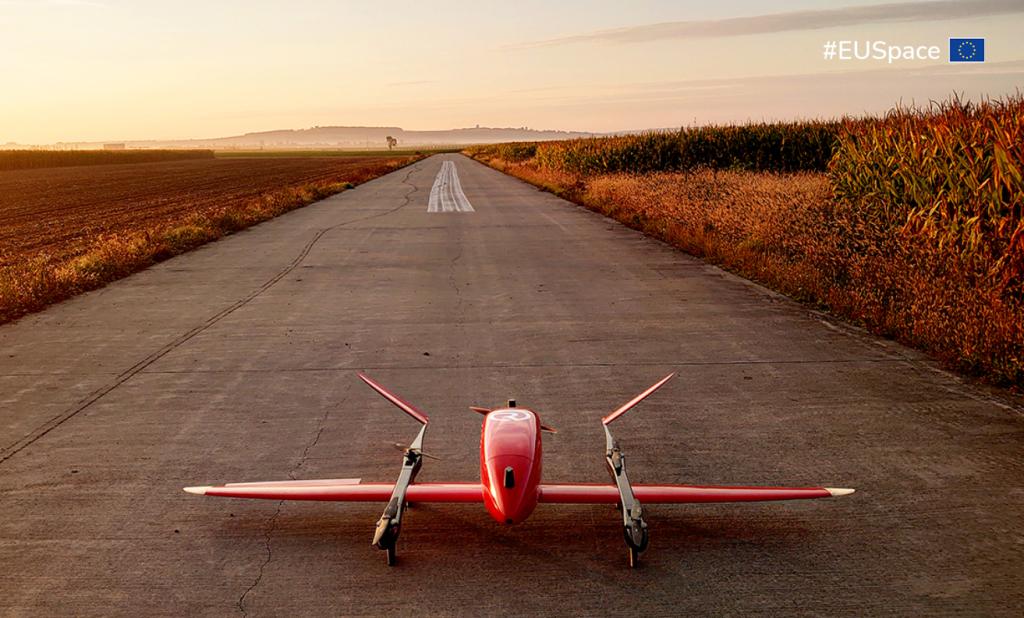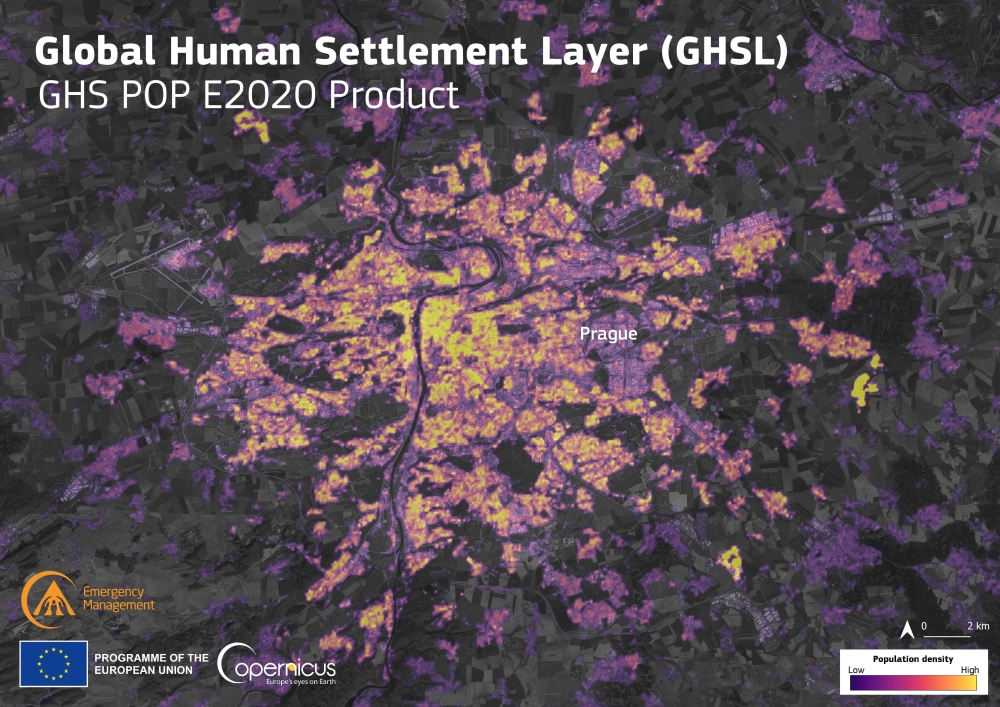Leveraging Copernicus data to enhance drone operations planning for European operators

While Galileo enables the determination of a precise position anywhere, Copernicus, Europe’s Earth Observation programme, provides information on the Earth’s surface, atmosphere and oceans. Put the two together and what you get is an array of synergies that not only have significant commercial potential, but also the potential to have a powerful impact on society.
Take RigiTech, for example. The Swiss aerial logistics company is leveraging both Galileo and Copernicus to create fully-integrated drone delivery solutions – including those capable of quickly delivering critical medical supplies when and where they matter most.
With Galileo and Copernicus, RigiTech delivers
A semi-finalist in the EUSPA MyGalileoDrone competition, RigiTech’s autonomous drone network utilises the positioning provided by Galileo to deliver lab tests and life-saving medicines between clinics and laboratories without the need for on-the-ground operators.
Having successfully integrated the Copernicus Global Human Settlement Layer (GHSL) into their drone logistics software, the company’s drones are now also using Copernicus data to inform flight mission planning and management and to mitigate the ground-based risks posed by some drone operations. "The addition of Copernicus data significantly improves the efficiency of flight mission preparation, both in terms of finding the optimal flight trajectory with respect to locations with minimal population and for evaluating risks and safety measures over the terrain,” says RigiTech Head of Operations Alejandro Del Estal.
RigiTech is also a long-time user of the Copernicus Digital Elevation Model (DEM), which it uses both during route planning and to visualise the elevation profile of the planned flight.

Using Copernicus data to plan safe and efficient drone operations
GNSS and Earth Observation are powerful tools in their own right. But, as RigiTech has clearly demonstrated, drone operations stand to benefit the most when these solutions are used in synergy. That’s why, in addition to actively promoting the use of Galileo within drone operations, EUSPA also supports the uptake of Copernicus data for planning efficient – and safe – flight missions.
Copernicus data is particularly beneficial for developing the population density maps used to evaluate ground risk – a critical component of a Specific Operation Risk Assessment (SORA). SORA is a methodology for classifying the risks posed by a drone flight in the specific category of operations and for identifying mitigations and safety objectives.
This same Earth Observation data can also be used by National Aviation Authorities (NAAs) when reviewing and approving permits to, for example, fly beyond visual line of sight (BVLOS). In the future, Copernicus data will play a key role in Advanced Air Mobility, including for the planning and deployment of vertiports and other infrastructure.
“Maps that integrate Earth Observation data provide operators and regulators with insights on population density, allowing them to plan routes that avoid crowded areas,” explains EUSPA Executive Director Rodrigo da Costa. “Furthermore, regulators can use Copernicus data to help harmonise the way these ground risks are assessed, and developers can use this same data to strategically plan the building of such infrastructure as cargo drops, vertiports and charging stations.”
In addition to supporting the European Commission’s Drone Strategy 2.0, EUSPA discussed the use cases for Copernicus data in drone operations during the Joint Authorities for Rulemaking on Unmanned Systems (JARUS) 2023 plenary meeting in Rome. In October of this year, it will participate in an EASA workshop on population density services for drone operations.
To learn more about EU Space for drone operations, please download our free brochure.
Media note: This feature can be republished without charge provided the European Union Agency for the Space Programme (EUSPA) is acknowledged as the source at the top or the bottom of the story. You must request permission before you use any of the photographs on the site. If you republish, we would be grateful if you could link back to the EUSPA website (http://www.euspa.europa.eu).